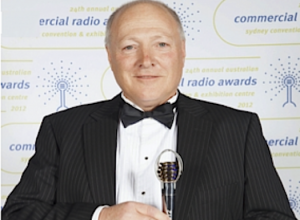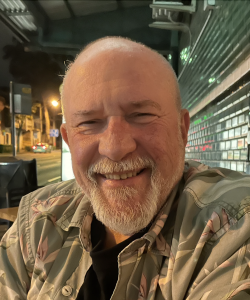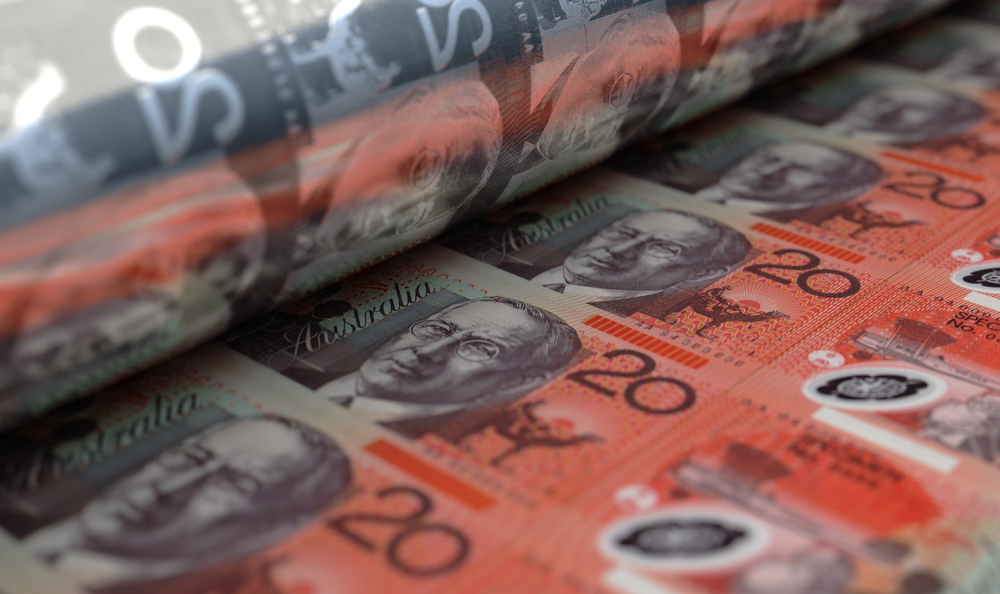Comment from Peter Saxon and Graham Mott.
It’s a funny thing that people used to say ‘radio’s a licence to print money,’ says Radio Hall of Famer Graham Mott. “But that wasn’t always true. People find a way to fuck it up.
“But yes, a radio licence generally has paid quite reasonable returns and at reasonable margins. And I think that those margins are still okay today, although we live in a totally different environment in the online world.”
While radio, as a media business, remains sound, the value of a commercial broadcast licence has plummeted. Around the turn of last century when Paul Thompson went shopping with DMG’s money for licences upon which to build the Nova network.
Determined to win every auction he paid almost $600 million for an FM licence in each metro market plus an extra one in both Sydney and Melbourne for the Vega brand (now smooth). And that was just for the licence, a piece of paper that gives the holder the right to broadcast on a specific frequency for an FM station yet to be built and resourced.
Barely more than a decade later, Lachlan Murdoch’s Illyria Pty Ltd bought the lot from DMG, plus FIVEaa and Gosford’s Star 104.5, as a going concern, for a mere $240 million.
 It’s the kind of deal that is probably unlikely to be repeated but, nonetheless, Graham Mott (left) who was the Southern Cross Network’s GM and was deeply involved in the various take-over and merger bids between Fairfax, MRN and others, agrees that the calculation most often used to determine a station’s worth has come down a few notches in recent years.
It’s the kind of deal that is probably unlikely to be repeated but, nonetheless, Graham Mott (left) who was the Southern Cross Network’s GM and was deeply involved in the various take-over and merger bids between Fairfax, MRN and others, agrees that the calculation most often used to determine a station’s worth has come down a few notches in recent years.
“Normally, a radio business is worth a multiple of around eight times earnings. It used to be up around 12, but these days you’ll pay between six and eight. Sometimes you get pushed to pay a little bit more… if you are in a major market like Sydney or Melbourne, they can tend go at the top end of the scale because you’re in a giant revenue market.
“But you wouldn’t pay that kind of multiple for Perth, Brisbane or Adelaide… certainly not Adelaide, because Adelaide is the smallest revenue market. So, it depends on a whole lot of factors but roughly around eight times earnings.”
Perhaps this drop in value is a reflection of the increasing competition in the audio sector and that that competition can operate on platforms where no broadcast licence, which puts a cap on the number of competing stations, is required.
“The fact is that commercial broadcasting is a scarce resource. It’s not like opening bakery,” says Mott. “With radio stations, very rarely do licenses come along and rarely do they change hands, and that pushes a perceived value perhaps greater than the actual return on the business.”
Let’s say, you had the opportunity, right now to either buy a high rating station in Melbourne or a mid to low rating station in Adelaide, would you stick to your eight times earnings formula for both or would you pay a larger multiple for one over the other?
“I wouldn’t look at it that way,” says Mott. “Most stations work as networks these days, where they’ve got two stations in a market, so they’ve got cost efficiencies where they don’t have to double up with admin staff etc. And they can also make a commercial offer in the marketplace based on the audience delivered through their two stations. So, buying a one-off station is probably the last thing you’d want to do in a metro market like Sydney or Melbourne. Because you’re up against duopolies and you can’t make the same kind of offer to the market that they can. Two will always play better than one.”
Unless they target a niche audience?
“A niche audience will bring you niche revenues. It depends on your offering, but ‘niche’ generally isn’t a good commercial proposition for radio,” says Graham Mott.
For now, the majority of radio listening is still done on its exclusive platforms, AM, FM and DAB+. Nonetheless, as listening shifts to online platforms, so will the value of a broadcast licences diminish. Still, radio is well positioned to remain the audio market leader, not only on its exclusive platforms, but on many of those it shares with non-licenced rivals as well.
It’s important to remember that a licence has never been necessary to start a newspaper or magazine. Until recently, the entry costs of competing with the resources and strength of the masthead of a Daily Telegraph or The Age has been enough to deter any serious competition in print. Online, the newspaper business model that could accommodate any number of ads, full page ones too, by simply adding more pages has been severely disrupted. Retailers such as JB HiFi or Dan Murphy’s can just as effectively email catalogues to a mailing list as to pay a fortune to print and insert them into a newspaper.
Ad placement on live radio is not impacted in the same way as online print. Provided radio plays to its strengths, immediacy, localism, companionship, and can attract the best talent few it will find few unlicenced challengers up to the task.

Peter Saxon


A radio licence is only worth what someone is prepared to pay for it, how desperately someone wants it and how quickly the owner wants to sell it. I'd speculate that DMG had become disinterested in Australian radio and their significant financial wealth contributed towards their lack of motivation to negotiate the sale of their licences at a higher price. Their true value is probably more than $240 million. The FM licence of Triple M in Adelaide was acquired for about $3.7 million I think I remember in 1993. By that time the former licence holder 5KA and KAFM had become a commercial failure. It would be worth much more than that today. The Nova 919 licence was auctioned for $26 million from memory. At auction, the licences sell for more than when sold by private negotiation. But as far as radio being a licence to print money, radio has always been a long and winding road. There are times when radio stations are very profitable and times when it's tougher. During the 80s and 90s, a station in Adelaide needed to be rating at least a 15% share to be profitable. SAFM, 5AD, 5KA and 5DN were all very profitable in the 80s. It was the most recent golden era of commercial radio. The AM to FM conversions upset the market. By the early 1990s, only SAFM and 5AD were profitable. 5AA was probably more or less breaking even at that time.